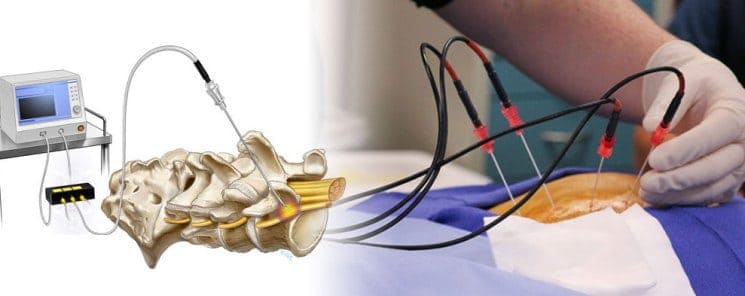How Radiofrequency Ablation Works: Insights into the Procedure and Results
Radiofrequency ablation (RFA) is a state-of-the art operation used to treat different ongoing agony conditions and cancers. By using radiofrequency ablation treatment offers a viable option in contrast to customary careful techniques.
Understanding the Procedure
Radiofrequency ablation includes the use of radiofrequency (RF) energy to explicit tissues, prompting their designated annihilation. The procedure is normally performed under neighborhood anesthesia, guaranteeing negligible uneasiness for the patient. During the cycle, a flimsy, adaptable needle or catheter is embedded into the impacted region, directed by imaging strategies like X-rays, ultrasounds, or CT scans.
Common Uses and Conditions Treated
Radiofrequency ablation is generally used to address ongoing agony conditions, especially those related to joint pain or spinal issues. For instance, it tends to be utilized to treat feature joint inflammation, where intensity is applied to the nerves around the spinal joints to decrease torment signals. It is likewise used to oversee conditions, for example, neuropathic torment, where harmed nerves cause relentless agony.

Notwithstanding torment the executives, RFA can be utilized to treat specific sorts of growths, remembering those for the liver, kidney, or lungs. By focusing on the growth with RF energy, the procedure assists with contracting or obliterating destructive cells, offering a less obtrusive choice compared with conventional medical procedures.
Expected Results and Benefits
One of the vital advantages of radiofrequency ablation is its insignificantly intrusive nature. The procedure normally requires just a little cut or needle addition, bringing about less postoperative torment and a speedier recuperation compared with an open medical procedure. Most patients can continue their ordinary exercises within a couple of days.
The viability of RFA shifts relying upon the condition being dealt with and the singular patient. Numerous patients experience huge help with discomfort and further developed capability following the procedure.
Risks and Considerations
While radiofrequency ablation is by and large protected, examining possible dangers with your medical services provider is significant. These dangers can incorporate disease, dying, or harm to local designs. Your doctor will assess your particular case to decide whether RFA is a reasonable choice and will give direction on what’s in store during recuperation.
The radiofrequency ablation treatment is a flexible and successful procedure for overseeing ongoing torment and treating specific cancers. By utilizing RF energy to target and obliterate hazardous tissue, RFA offers a negligibly intrusive arrangement with various advantages, including diminished recuperation time and huge relief from discomfort. Understanding the procedure and its results can assist patients with settling on informed conclusions about their treatment choices and work on their general personal satisfaction.